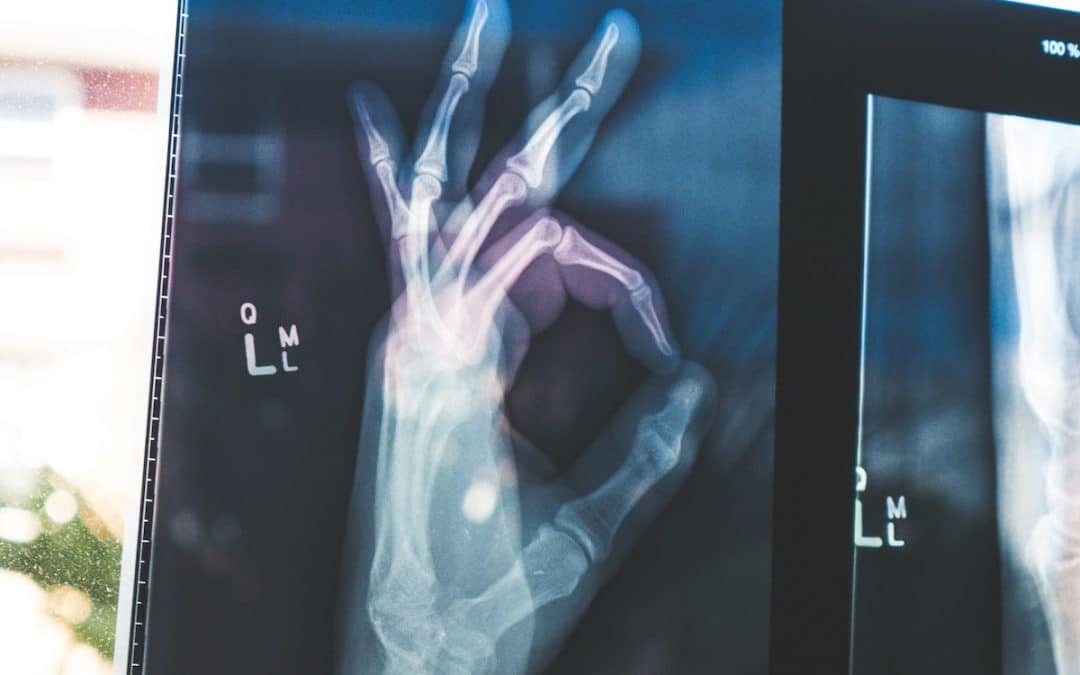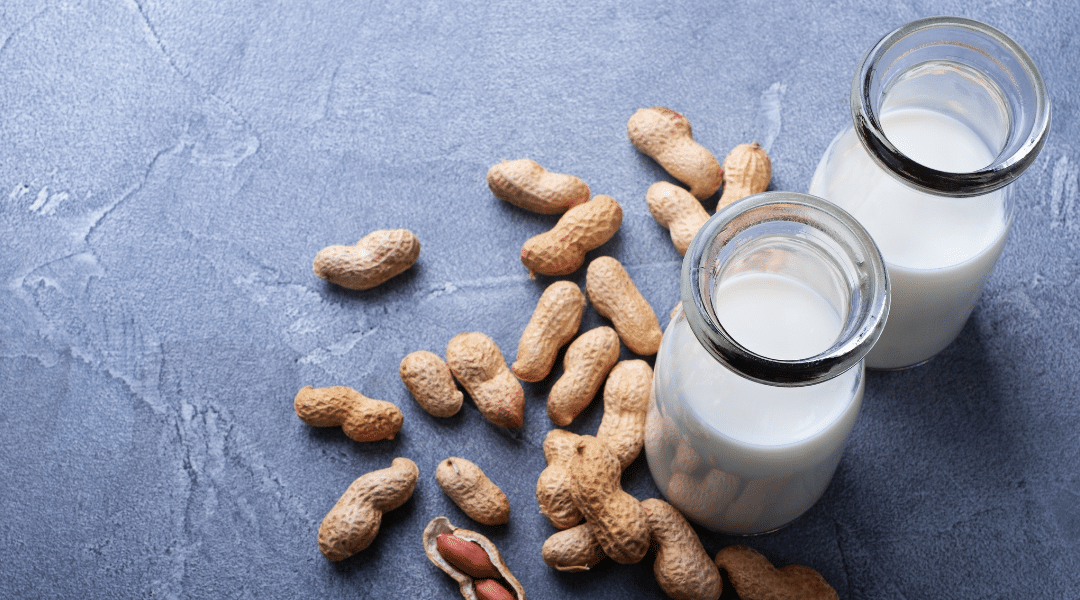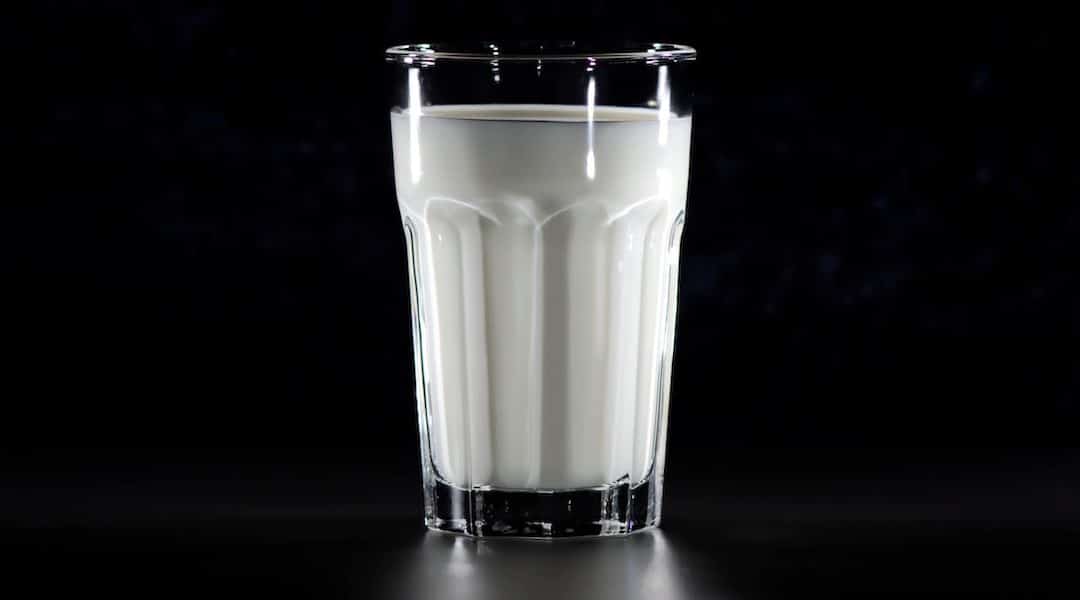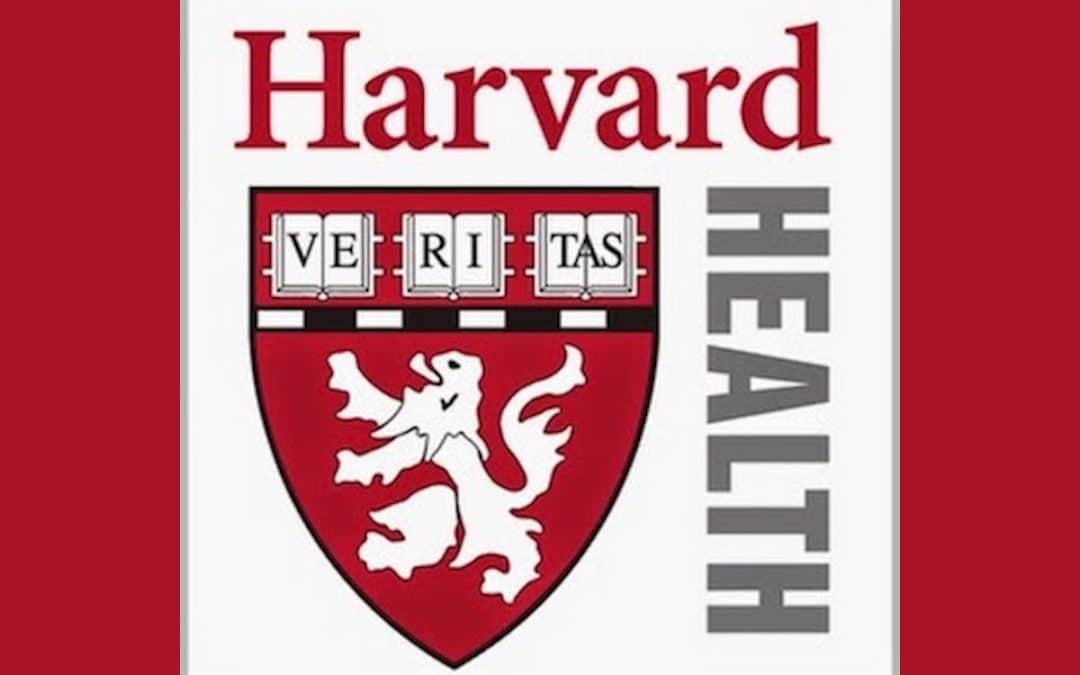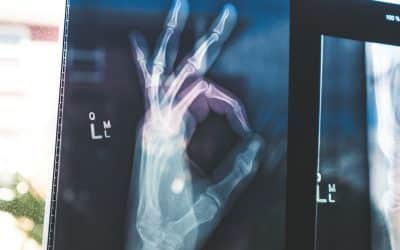Oat, almond, soy milk +$0.75. We are living in an age of “fancy milks” where coffee shops and restaurants offer plant-based milk as an alternative option to dairy—with an upcharge.
Soy Milk Appropriation
The plant-based movement is largely supported by BIPOC, but mainstream veganism is overwhelmingly white and inaccessible. In 2020, 19 percent of whites and 31 percent of BIPOC folks claimed to have eaten less meat. (10 ) Many foods that seem “new” or “alternative” to white people have been enjoyed by BIPOC communities for centuries. Mainstream veganism upholds white supremacy by repackaging and relabeling traditionally plant-based foods as new. We must acknowledge the roles BIPOC communities have played in developing the foods many of us use every day. Let’s take a look at the first non-dairy milk that existed in our markets: soy milk.
Soy Milk Origins
Soy milk has been around for years and stems from a larger family: soy. Soy has existed in numerous East Asian cuisines in the forms of tofu, tempeh, miso, and other staples. Looking at Chinese food culture specifically, heated sweetened soy milk (made from ground soybeans) is part of a typical breakfast.
If we hit the rewind button to China circa 3,000 years ago, the Chinese first cultivated the wild soybean. (7,9) The soybean has the ability to draw nitrogen from the air and impart it into the soil via its roots, thus enriching poor soil. During the Zhou Dynasty, soybeans were considered one of the Five Sacred Grains before they migrated slowly to other parts of China, Korea, and Japan. (9) Back then, the soybean was eaten whole and was a very cheap source of protein. However, whole soybeans are mostly indigestible (with the exception of edamame) due to an enzyme called trypsin, which interferes with protein digestion. The history of how tofu was created is based on a legend of a Chinese chemist searching for immortality. He added salt to a batch of soy milk, and when curds formed, the solid portion—tofu—was born. (11)
Worlds over and centuries later, soybeans were used as feedstock for various processes and products. In fact, Henry Ford owned hundreds of acres of soybean crops to foster his love for technological efficiency. (9) During the First and Second World Wars, soy products—including soy milk—were occasionally used to supplement the limited meat and dairy rations. All of this to say that soy and soy milk are nothing new.
Soy Milk Today
Soy milk gained further popularity outside of the Asian-American community when mainstream media outlets in the US began touting the health benefits of soy in the 1990s. (7) Researchers found connections between soy consumption and lower levels of LDL cholesterol and an increase in HDL cholesterol. By the end of the decade, the FDA allowed companies who were making soy products to advertise these health benefits on their packaging. All of a sudden, everyone seemed to be drinking soy milk. (7)
Is Soy Milk Good For You?
Just three decades later, soy milk has been overshadowed by the somewhat overwhelming selection of non-dairy milk options. US soy milk sales have steadily declined after hitting a pinnacle of $3.9 billion in 2003. Almond milk is now the new non-dairy milk of choice with oat and coconut milk on its tail. Soy has been slapped with a murky reputation—it’s praised as a health food to help protect against hormonal cancers by some, but also shunned by many for fear that it may cause breast cancer. Here are the facts about soy (2,7,9):
- Soy contains high levels of isoflavones—a type of plant estrogen similar to human estrogen but much weaker
- Soy isoflavones can bind to estrogen receptors in the body
- Soy foods are rich in B vitamins, fiber, potassium, magnesium, and contain all 9 essential amino acids
- Soy foods are classified as unfermented or fermented (cultured with beneficial bacteria, yeast, or mold)
Now let’s look at what the collective, evidence-based research says:
- Inconsistent results on soy protein and heart disease but soy foods are generally good for the heart and blood vessels if replacing less healthful choices like red meat (1,2,3)
- No clear answer on a link between soy foods and breast cancer. Effects of soy depend on menopausal state, age at which soy is consumed, and type of breast cancer (3)
- Key highlights of a 73,223 Chinese women study over the span of seven years demonstrate a 22 percent lower risk of breast cancer overall, a 28 percent decreased risk of hormone and breast cancer in post-menopausal women, and a 54 percent decreased risk of hormone and breast cancer in premenopausal women (6)
- Prospective studies following American and Canadian women have shown that women who ate the highest amounts of soy isoflavones had a 21 percent lower risk of death. Among postmenopausal women treated with tamoxifen (an estrogen modulator used to treat breast cancer), breast cancer recurrence was 60 percent lower. Recurrence was further reduced with increasing isoflavone intake among hormone and breast cancers, and those who did not receive tamoxifen appeared to have the greatest benefit from higher soy isoflavone intakes (4,5)
Based on the research and the history, soy milk is not the demon many people believe it to be. The reality is quite the opposite—it may provide health benefits, particularly if it is used as an alternative to cow’s milk.
Further Reading
To learn more about the heritage of other plant-based Asian foods, check out the links below to Asian bloggers, writers, recipe developers, and more.
Christina Ng, East Meets Kitchen, Author of Vegan Dim Sum Cookbook
Woon Heng Chia, recipe blogger
Joanne Molinaro, The Korean Vegan food blogger: @the.korean.vegan
Rose, Cheap Lazy Vegan YouTube recipes, Everyday Asian recipes Ebook,
George Lee, Instagram recipe developer
Mei Yee, recipe blogger
Jeeca, The Foodie Takes Flight YouTuber, Vegan Kitchen eCookbook
Richa Hingle, Vegan Richa food blogger, 2x cookbook author
Guest post by Cheri Chan. Soon to be a Doctor of Physical Therapy, Cheri is the founder of Kinesthetic (www.kin-esthetic.com), which is dedicated to promoting health and wellness for her clients by bridging the gap between rehabilitation and performance by taking a holistic approach.
References:
1. Anderson JW, Johnstone BM, Cook-Newell ME. Meta-analysis of the effects of soy protein intake on serum lipids. N Engl J Med. 1995 Aug 3;333(5):276-82. doi: 10.1056/NEJM199508033330502. PMID: 7596371.
2. Barrett JR. The science of soy: what do we really know?. Environ Health Perspect. 2006;114(6): A352-A358. doi:10.1289/ehp.114-a352
3. Douglas CC, Johnson SA, Arjmandi BH. Soy and its isoflavones: the truth behind the science in breast cancer. Anticancer Agents Med Chem. 2013 Oct;13(8):1178-87. doi: 10.2174/18715206113139990320. PMID: 23919747.
4. Messina M. Impact of Soy Foods on the Development of Breast Cancer and the Prognosis of Breast Cancer Patients. Forsch Komplementmed. 2016;23(2):75-80. doi: 10.1159/000444735. Epub 2016 Apr 12. PMID: 27161216.
5. Varinska L, Gal P, Mojzisova G, Mirossay L, Mojzis J. Soy and breast cancer: focus on angiogenesis. Int J Mol Sci. 2015 May 22;16(5):11728-49. doi: 10.3390/ijms160511728. PMID: 26006245; PMCID: PMC4463727.
6. Wei Y, Lv J, Guo Y, Bian Z, Gao M, Du H, Yang L, Chen Y, Zhang X, Wang T, Chen J, Chen Z, Yu C, Huo D, Li L; China Kadoorie Biobank Collaborative Group. Soy intake and breast cancer risk: a prospective study of 300,000 Chinese women and a dose-response meta-analysis. Eur J Epidemiol. 2020 Jun;35(6):567-578. doi: 10.1007s10654-019-00585-4. Epub 2019 Nov 21. PMID: 31754945; PMCID: PMC7320952.
7. Berenstein N. A Brief History of Soy Milk, the Future Food of Yesterday. Serious Eats. 2019.
8. The Nutrition Source. Straight Talk About Soy. Harvard TH Chan School of Public Health. 2018.
9. Soy Story: The History of the Soybean. Eating China.
11. Shurleff W, Aoyagi A. A Comprehensive History of Soy. SOYINFO CENTER. 2011.

